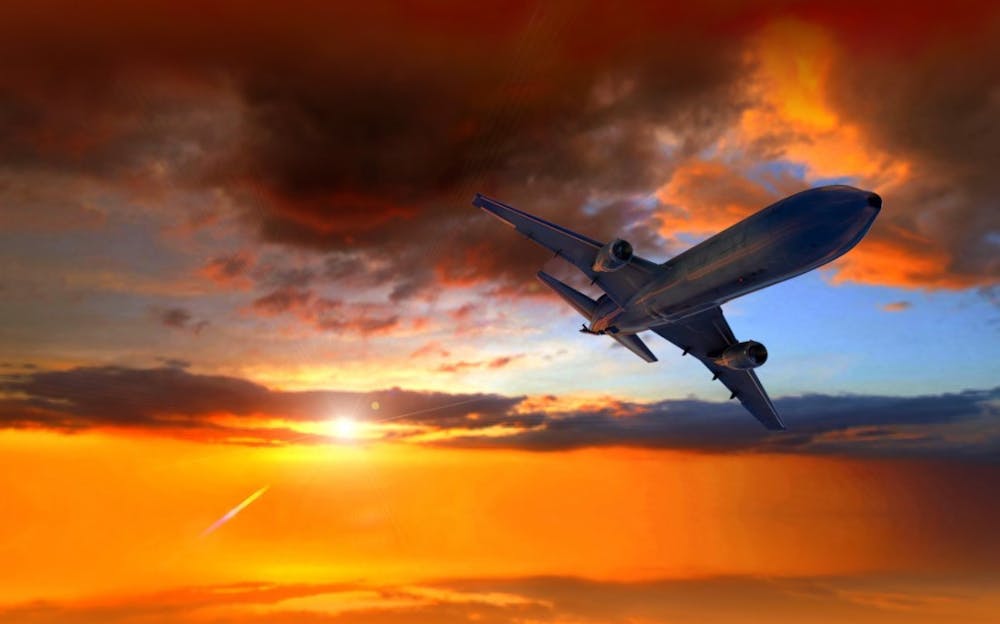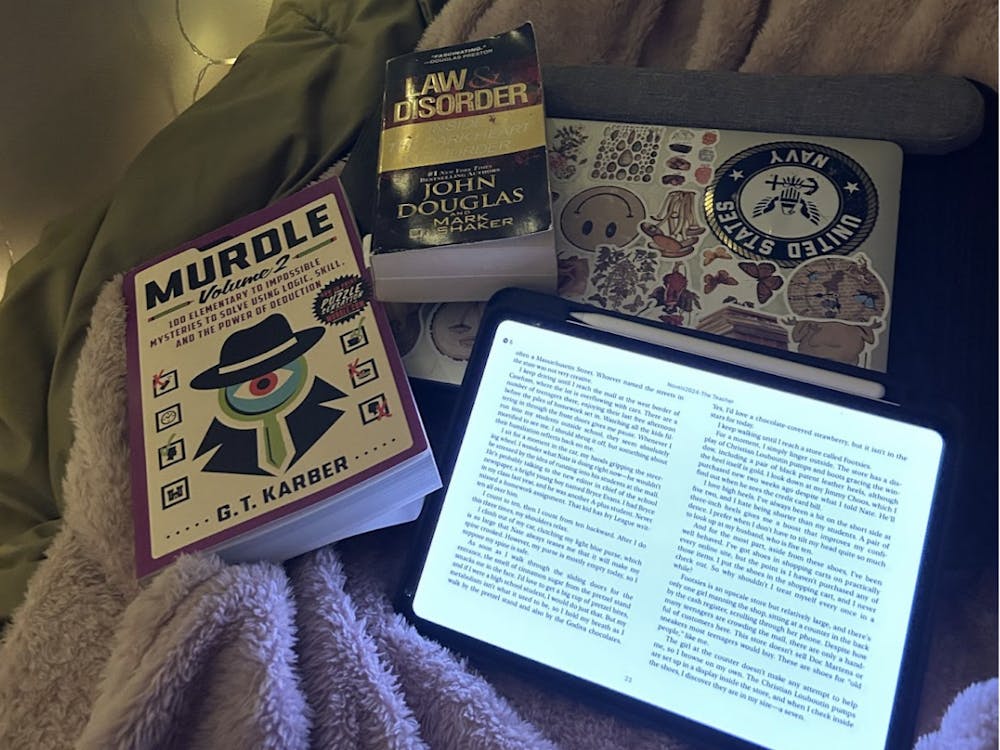
Unless you have been living under a rock for the past seven months, you’re probably aware of the drill for this *shudder* “new normal”: wear-a-mask-social-distance-cover-your-dang-nose-with-that-mask-don’t-go-hugging-grandma-either.
With the end of the semester right around the corner, I know that many of you upperclassmen are likely going to be traveling soon — away from off-campus apartments and back to your hometown just in time to devour your mom’s Thanksgiving turkey.
Sadly, 2020 complicates even the most festive of times. But never fear, there are definitely some lesser known tidbits out there that can help to keep you and your family safe during your travels and return to your hometown!
This isn’t me speaking as an epidemiologist, infectious disease expert or doctor — for I am none of those. This me speaking as your average-Joe Hopkins student who has done a little (maybe a lot more) internet surfing and reading about COVID-19 things than most others in her spare time due to boredom, anxiety and just nerdiness.
So TLDR; Here’s a mini COVID-19 lecture for you holiday travelers that you didn’t ask for but may be helpful. Ready, set, go!
1. Airplane trips are higher risk, but maybe not by as much as you think.
Going to the airport with thousands of people and sitting on the airplane with hundreds of people is definitely more risky for your travels than driving. But for many West Coasters like me, this really is not a viable option. The plane is basically a must when returning to your hometown.
Air travel is probably not as bad you would think, especially since airlines have done a great job in the past months keeping the middle seat open and enforcing masks for all passengers. Many would be surprised to learn that airplanes are not usually sites of super spreader events because the air in the cabin circulates so frequently with the clean outside air. So no, being on an airplane is not like being trapped in an enclosure and sharing oxygen with strangers for hours and hours on end.
That is not to say that being on the plane doesn’t come with risks because you’re still sitting there for hours not 6 feet apart from strangers. If you do need to travel, don’t panic! Wear your mask, maybe even get a face shield for extra protection and wipe down your try table and arm rests. While it’s possible that you could contract COVID-19 on the plane, know that it’s probably less likely than you think.
2. Don’t wear a mask with a valve when you travel. (Most airlines won’t let you anyway.)
Some masks have one-way valves in the front, which are supposed to make it easier to breathe. But while this mask will still do a good job at filtering the air that you breathe in, it doesn’t filter the air coming back out — so essentially, by wearing this mask, you are protecting yourself, but not those around you. For that reason, masks like this would be a no-no. A quick fix would be to simply cover the value — sewing another piece of material over it, taping over it or even doubling up on masks.
3. You basically never know if you’re actually negative for COVID-19, so act accordingly.
Some of you may be thinking that a negative test result will give you the clear to gather with extended family for Thanksgiving, specifically older relatives. However, a negative test doesn’t mean that you don’t have COVID-19 or even that you didn’t have it at the time of testing. According to MITMedical, some studies using polymerase chain reaction tests have shown the false negative rate during the four days prior to symptom onset go from 100% on the day of exposure to 67% four days after exposure. Many people with COVID-19 fall through the cracks of testing.
Therefore, don’t take a six-hour flight, hop off the plane, get tested and think that since you tested negative it’s okay to hug Grandma. If you are going to get tested after travel as an extra precaution, it’s best to wait about five days after traveling; if you were exposed and get tested so soon, the test is pretty much meaningless since the odds of a false negative are so high. Even if you do wait longer to get tested after your travels, it still doesn’t guarantee that you won’t get a false negative — which is why social distancing is still important, even if you do test negative!
4. On a more wholesome note, realize that you are lucky that you can go home for the holidays, and check in on your friends who can’t.
Many international students will be stranded in Baltimore due to current travel restrictions, so please, show these friends love. Some of them will be spending the holidays alone for the first time in their life. A FaceTime and a care package can really go a long way. Let them know that you’re there for them when times get rough!
Hopefully these tidbits will help you make good choices as we head into the holidays. Wash your hands, don’t panic — although if you do panic from time to time, it’s okay (I panic all the time, just try to mitigate that panic) — and, as every email sent in 2020 has told you, “please stay vigilant during these tough times.”





